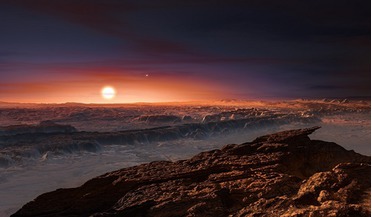 25 August 2016
Earth-sized planet found around our nearest neighbouring star
25 August 2016
Earth-sized planet found around our nearest neighbouring star
..., and now a potentially habitable planet around the nearest star in the sky. This work confirms the Kepler satellite and precision velocity studies that have shown that potentially habitable planets are common, and...
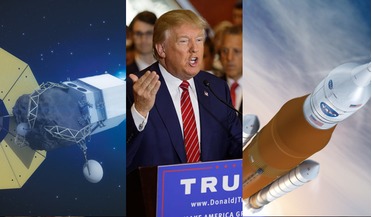 20 January 2017
Winners and potential losers of the Obama and Trump administrations
20 January 2017
Winners and potential losers of the Obama and Trump administrations
...; advancing space science through NASA, NSF and the Department of Energy (DOE), with shout-outs to the Kepler Space Observatory, the Curiosity Mars rover, the New Horizons mission to Pluto, Juno, and the James...
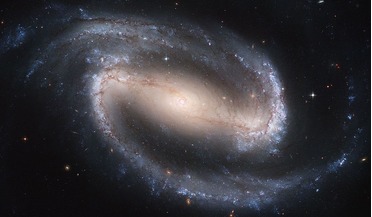 17 February 2017
Researchers suggest a new natural law can explain the rotation of galaxies
17 February 2017
Researchers suggest a new natural law can explain the rotation of galaxies
... at the European Southern Observatory, and who led this investigation. This relation can be thought of in a similar way to Kepler’s Laws for planetary systems, which does not care whether the planet is rocky like Earth or gaseous...
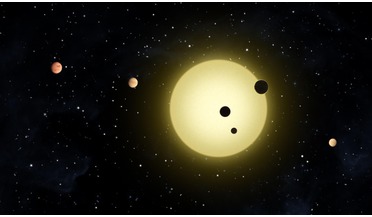 27 October 2017
Astronomers find system with six planets
27 October 2017
Astronomers find system with six planets
...), this system is therefore quite unlike our own Solar System or other multiple-transiting systems discovered with Kepler to date. And unfortunately, the authors are not so optimistic that finds such as this one will be commonplace...
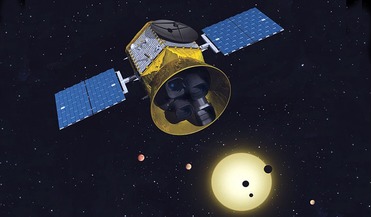 02 January 2018
2017 - What a year!
02 January 2018
2017 - What a year!
... closest temperate planet to Earth after Proxima b. With the help of AI, researchers also discovered an eighth planet in the Kepler 90 system, making it the only other known system to contain eight planets like our own. LIGO’s continued...
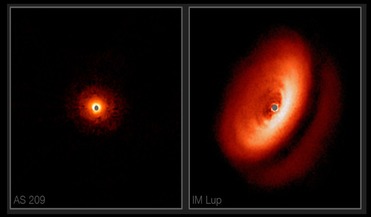 11 April 2018
Revealing planet formation processes with SPHERE
11 April 2018
Revealing planet formation processes with SPHERE
With the discover of systems such as TRAPPIST-1 and Kepler-90, it has become clear that planetary systems are as diverse as the planets that inhabit them. Hoping to uncover ...